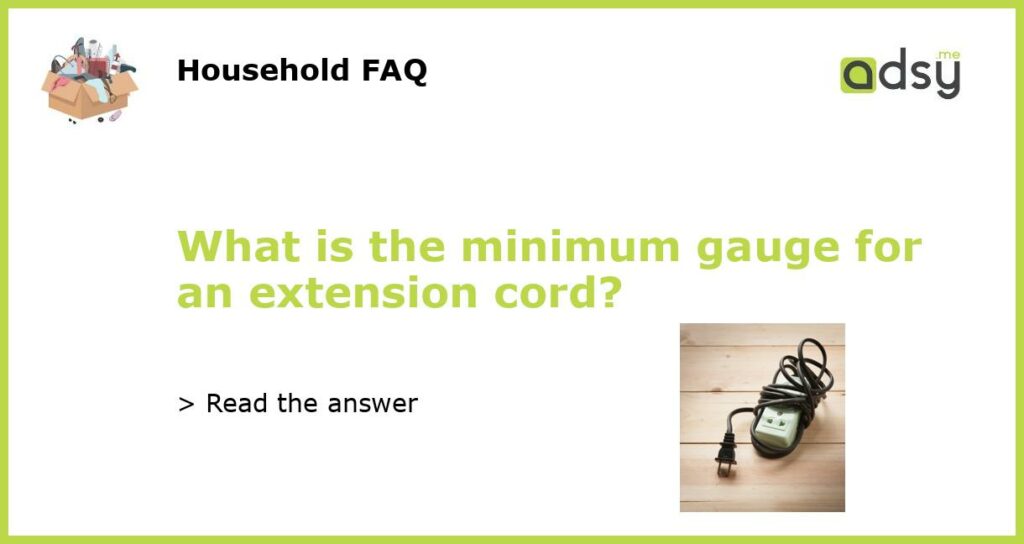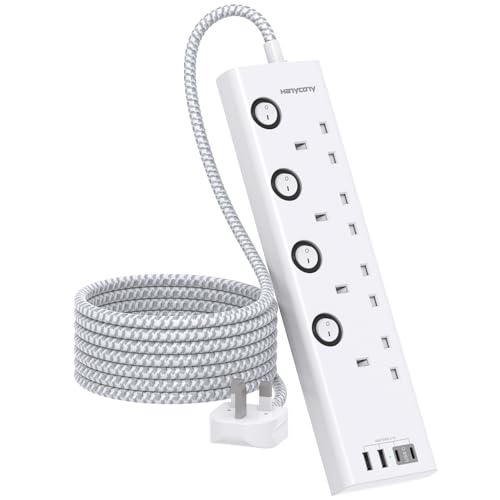The Importance of Knowing the Minimum Gauge for an Extension Cord
Using an extension cord is common in households and workplaces especially when there’s a need to connect electrical devices that are quite far from a power outlet. However, not all extension cords are created equal in terms of quality and safety. One important factor to consider when choosing an extension cord is the minimum gauge.
What is an Extension Cord Gauge?
The gauge of an extension cord refers to the thickness or size of the wire. Generally, the smaller the gauge number, the thicker the cord and the more electrical load it can handle. For example, a 12-gauge extension cord can handle more power than a 16-gauge cord.
Why is Knowing the Minimum Gauge Important?
Using an extension cord with a gauge that is too small for the electrical device’s power requirements can cause overheating, electrical fires, and damage to the device. It’s important to know the minimum gauge required to safely power the device before connecting it to an extension cord.
What is the Minimum Gauge for an Extension Cord?
The minimum gauge for an extension cord depends on the maximum amperage the device needs to operate safely. A general rule is to use a 16-gauge cord for devices that require less than 10 amps and a 14-gauge cord for devices that require up to 15 amps. For devices that require more than 15 amps, a 12-gauge cord or larger is recommended.
Using an extension cord with the correct minimum gauge is crucial to ensuring safe and proper operation of electrical devices. It’s important to check the power requirement of the device and choose the appropriate extension cord gauge to avoid electrical hazards. Remember, electrical safety should always be a top priority.






